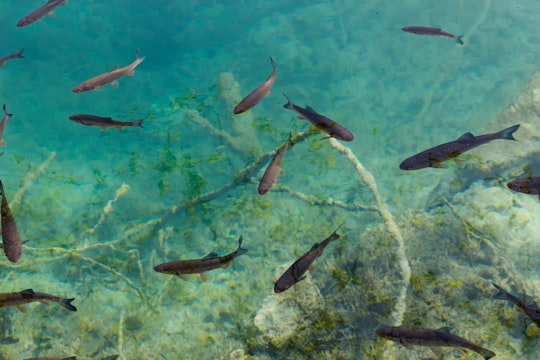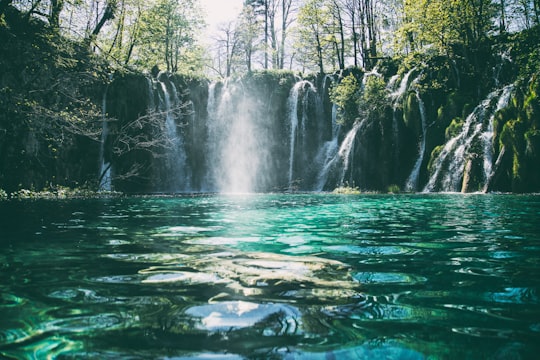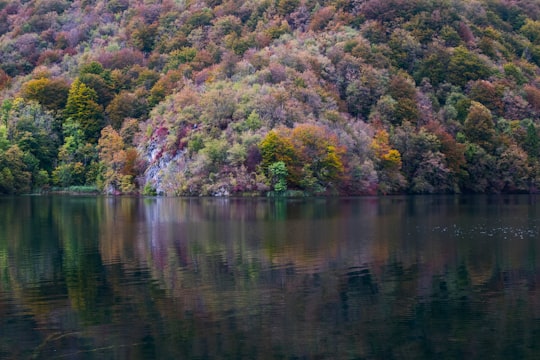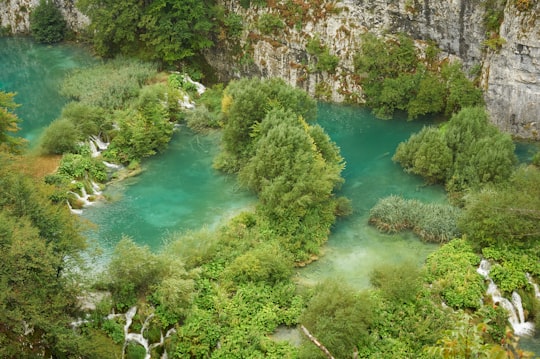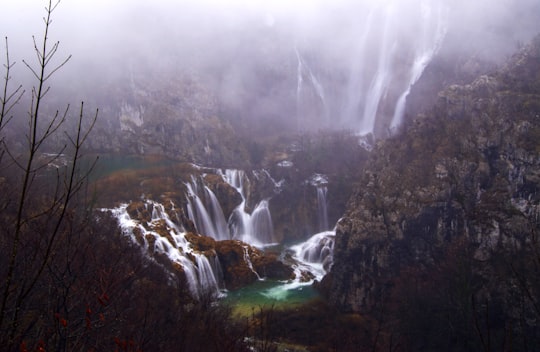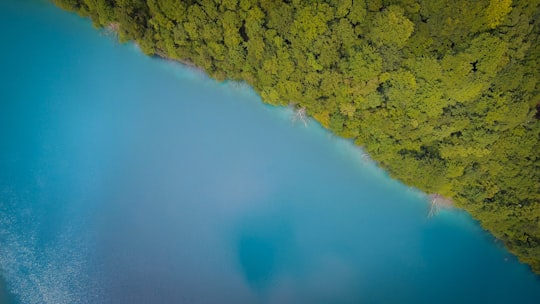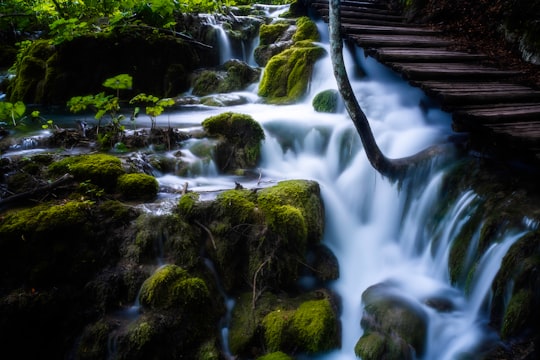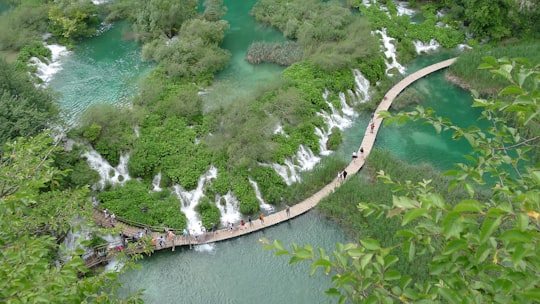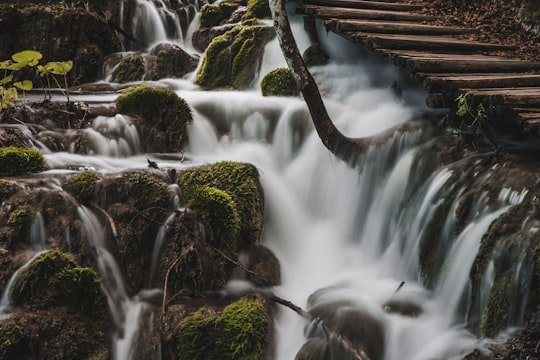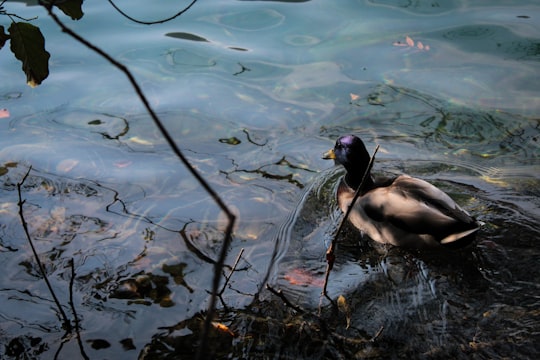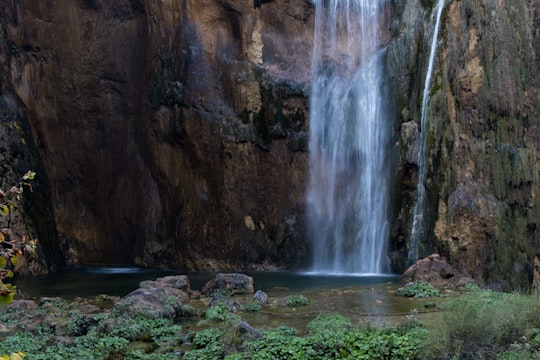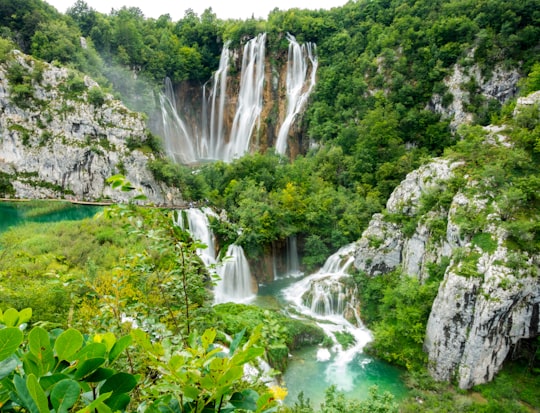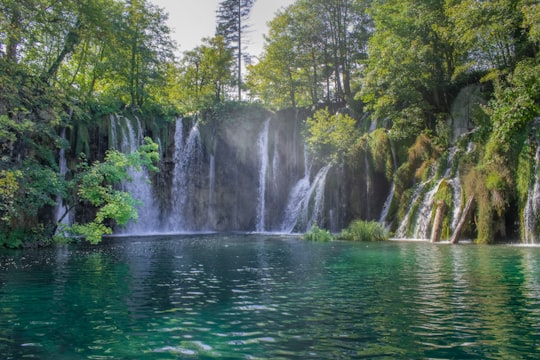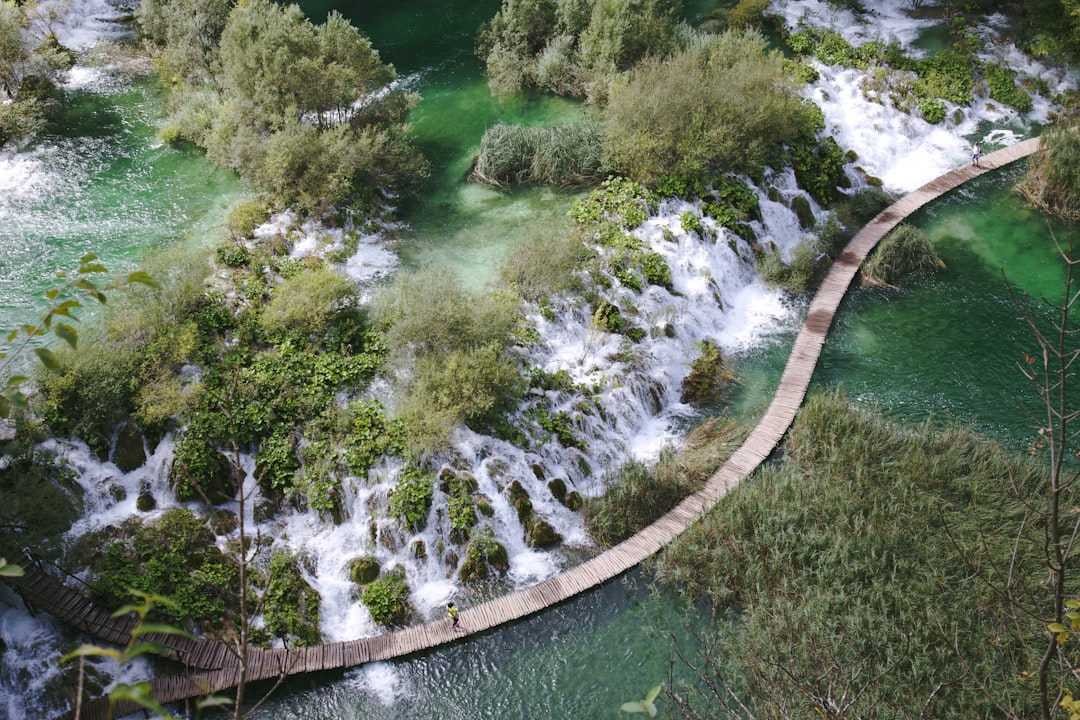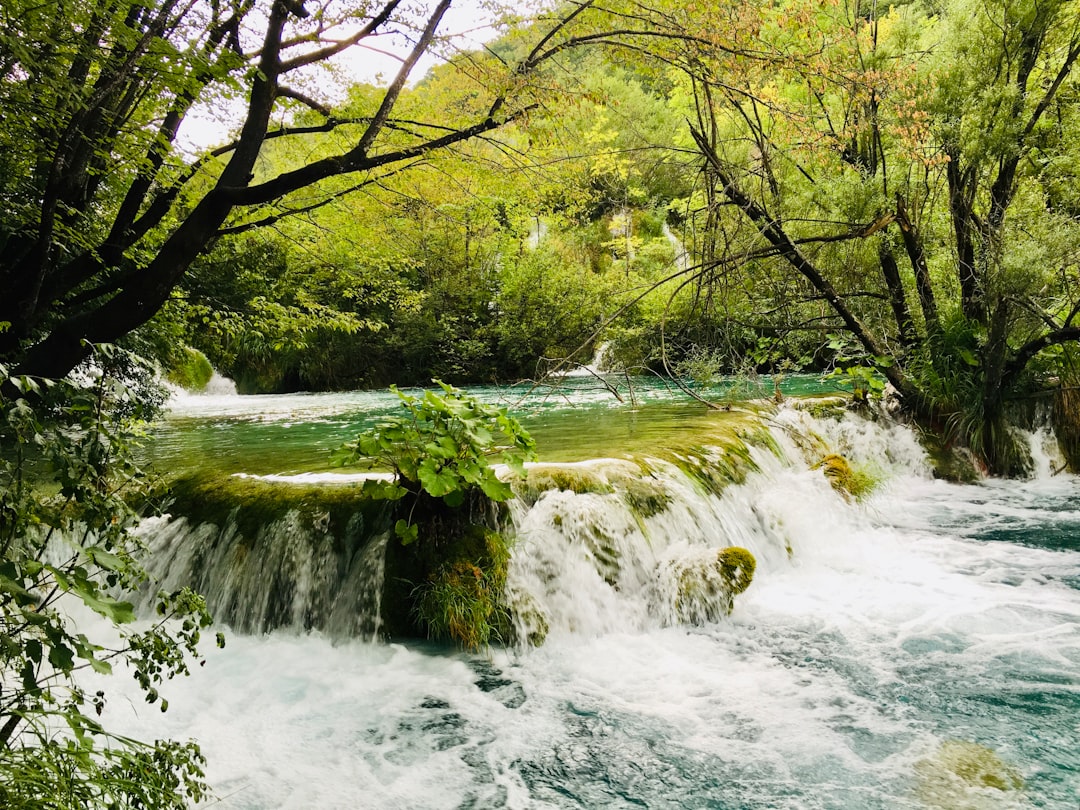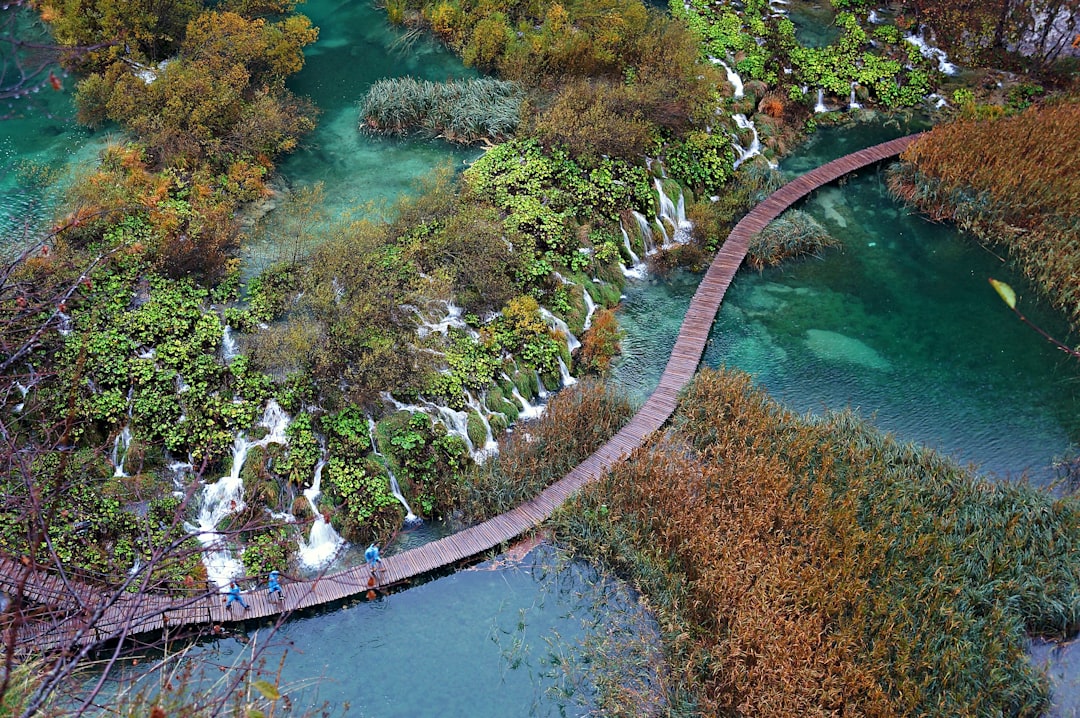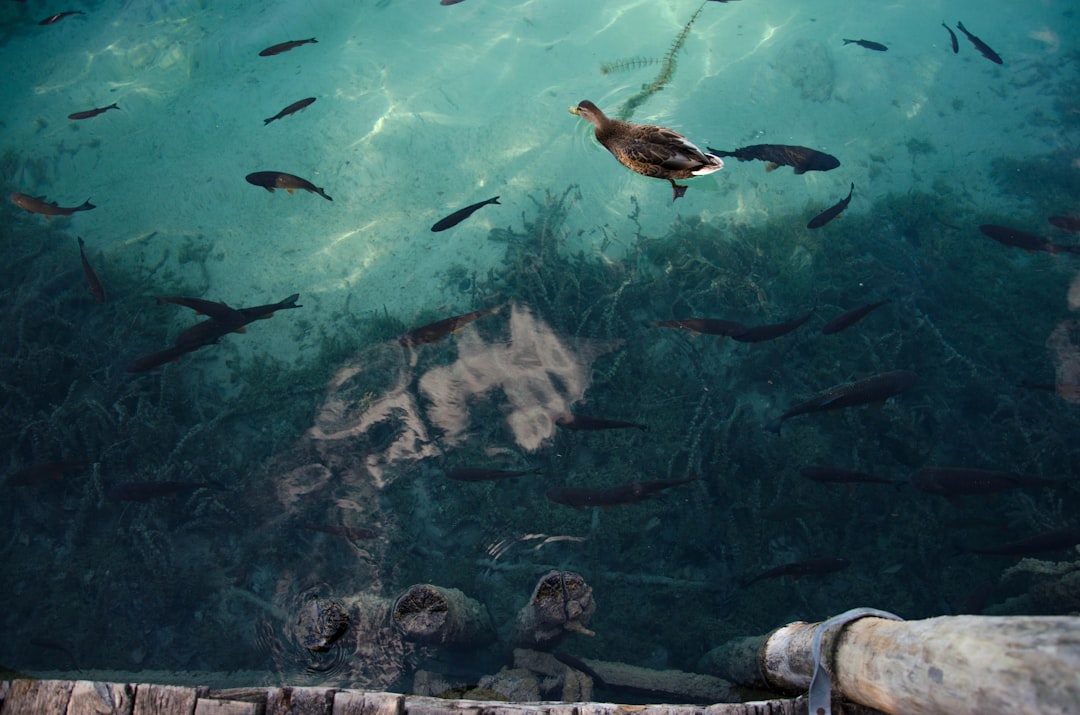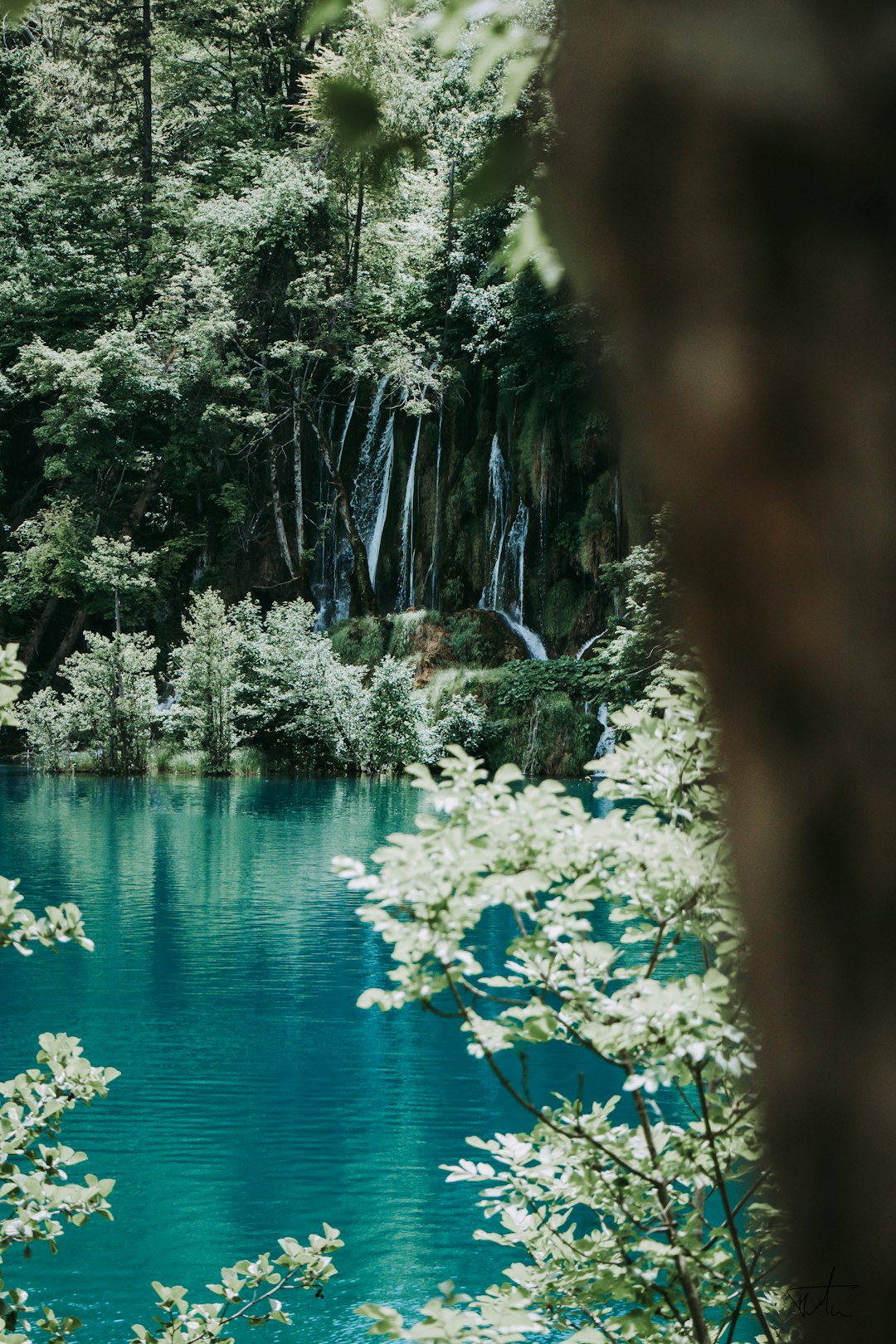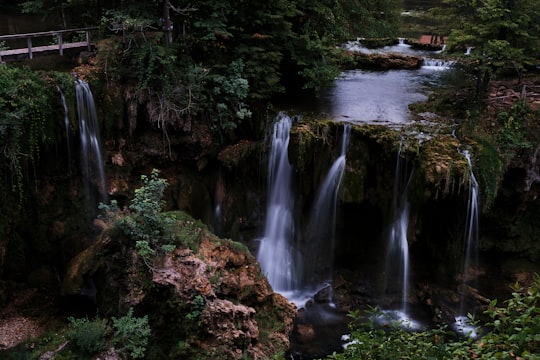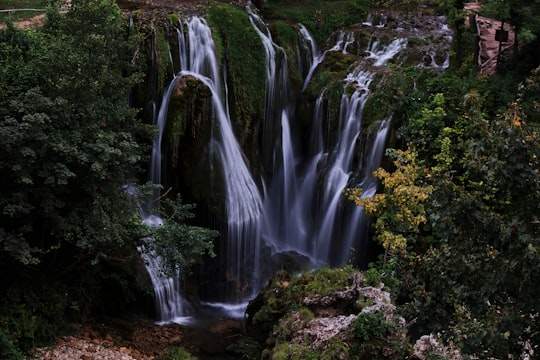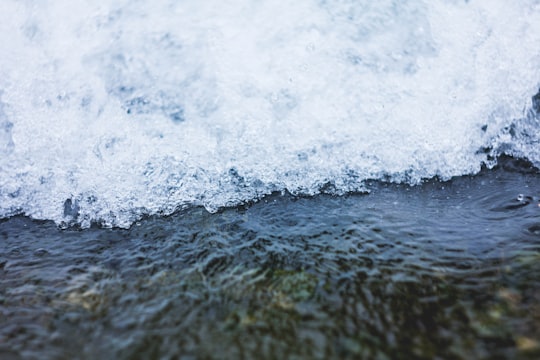Travel Guide of Plitvice Lakes National Park in Croatia by Influencers and Travelers
Plitvice Lakes National Park is one of the oldest and largest national parks in Croatia. In 1979, Plitvice Lakes National Park was added to the UNESCO World Heritage register.
Pictures and Stories of Plitvice Lakes National Park from Influencers
20 pictures of Plitvice Lakes National Park from Deniz Fuchidzhiev, Jonatan Pie, Davide Cantelli and other travelers
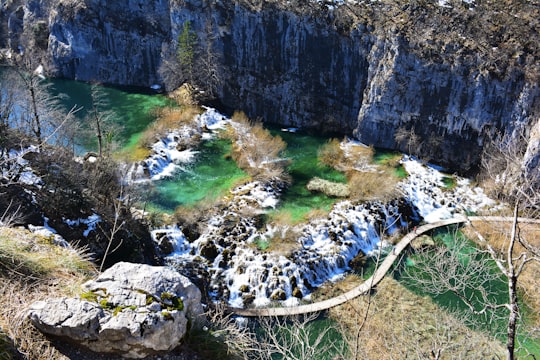
- Plitvice Lakes National Park ...click to read more
- Experienced by @Clara Delormeau | ©Unsplash
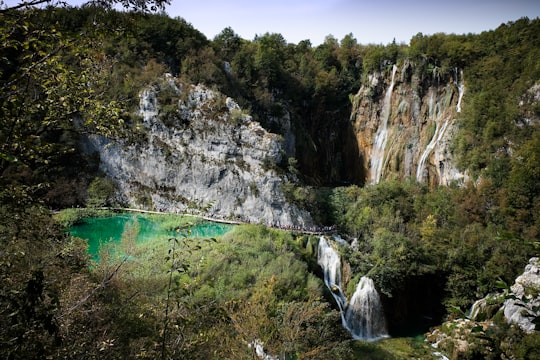
- One of the highlights travelling Croatia ...click to read more
- Experienced by @Frans Ruiter | ©Unsplash
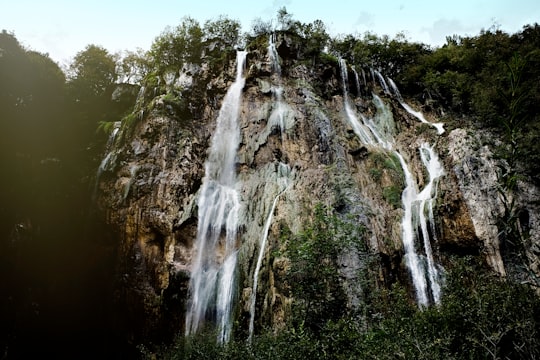
- The highest waterfall @ the beautiful Plitvice Lakes National Park in Croatia. ...click to read more
- Experienced by @Frans Ruiter | ©Unsplash
Plan your trip in Plitvice Lakes National Park with AI 🤖 🗺
Roadtrips.ai is a AI powered trip planner that you can use to generate a customized trip itinerary for any destination in Croatia in just one clickJust write your activities preferences, budget and number of days travelling and our artificial intelligence will do the rest for you
👉 Use the AI Trip Planner
How to visit Plitvice Lakes National Park ?
Why Travel There?
Plitvice Lakes National Park, a UNESCO World Heritage Site in Croatia, is an enchanting paradise filled with lush greenery, cascading waterfalls, and stunning azure lakes. It's the perfect destination for nature lovers and photography enthusiasts. The park's tranquil beauty promises a serene escape from the hustle and bustle, offering beautiful hiking trails and scenic boat rides.
How to Get There?
The park is centrally located in Croatia, making it easily accessible from major cities such as Zagreb and Zadar. Regular bus services are available from these cities to the park. If you're driving, there's ample parking available at the park's entrance.
What to Book in Advance?
To secure your visit, it's recommended to book your park entrance tickets online in advance, as the number of visitors per day is limited. If you're planning to stay overnight, book your accommodation early, especially during the peak tourist season.
What are the Costs?
Entrance tickets range from 80 HRK (around $12) in the low season to 250 HRK (around $38) in the peak season. Additional costs include parking, optional boat rides, and food and drink. Accommodation and dining costs vary depending on your choice of stay and cuisine.
What are the Best Things to Do?
Explore the park's 16 interconnected lakes via the wooden walkways and bridges, marvel at the stunning Veliki Slap waterfall, take a relaxing boat ride across Kozjak Lake, and enjoy the park's diverse wildlife. Don't forget your camera to capture the breathtaking scenery!
Where to Eat?
For a hearty meal, visit the Poljana Restaurant located near the park's entrance, offering a mix of local and international dishes. If you're looking for something quick and casual, Bistro Centar is a great option with its selection of sandwiches, pastries, and coffee.
Where to Stay?
Stay close to nature at the Hotel Jezero, located within the park, offering comfortable rooms and stunning views. Alternatively, consider the cozy B&B Plitvica Lodge, located just a short drive from the park, known for its warm hospitality and delicious breakfast.
Off the Beaten Path
For a less crowded but equally impressive experience, visit the Upper Lakes early in the morning or late in the afternoon. Here you'll find the lakes equally beautiful but much quieter. Also, consider trekking to the lesser-known Supljara Cave, a fascinating cave system that offers an unusual travel experience, away from the typical tourist trails.
Book your Travel Experience at Plitvice Lakes National Park
Discover the best tours and activities around Plitvice Lakes National Park, Croatia and book your travel experience today with our booking partners
Map of Plitvice Lakes National Park
View Plitvice Lakes National Park on a map with the the closest popular places nearby
More Travel spots to explore around Plitvice Lakes National Park
Click on the pictures to learn more about the places and to get directions
Discover more travel spots to explore around Plitvice Lakes National Park
🏞️ Waterfall spots 🌲 Nature reserve spots 🏞️ Watercourse spots 🏞️ Lake spots 🤿 Underwater spots 🌲 Forest spots 🐾 Wildlife spotsLearn More about Plitvice Lakes National Park
Plitvice Lakes National Park is the most ancient and biggest national park in Croatia. It is situated in the Gorska Hrvatska region (between Mala Kapela mountain and Lička Plješivica). Administratively, it is divided between Lika-Senj County (90.7%) and Karlovac County (9.3%). The exceptionally beautiful Plitvice Lakes region has always attracted nature lovers. The Plitvice Lakes National Park was established on April 8, 1949 and is the first national park in Croatia. The process of travertine sedimentation, formation of travertine barriers and creation of lakes is of exceptional universal value, which is why Plitvice Lakes received international recognition on October 26, 1979, when they were included in the UNESCO World Heritage List. In 1997, the area of the Plitvice Lakes National Park was expanded so that it now covers a total area of almost 300 km2. Most of the park is covered by forest vegetation and, to a lesser extent, by grass, while the lakes themselves, which are the most interesting and attractive part of the park, occupy barely 1% of its area. The lake system consists of 16 large named lakes and a few small unnamed lakes, connected to each other and cascading down. Due to their particular geology and hydrogeological conditions, the lake system is split into two groups, Gornja jezera ("upper lakes") and Donja jezera ("lower lakes"). The upper lakes, which are formed on watertight layers of dolomite, are twelve in number: Prošćansko jezero, Ciginovac, Okrugljak, Batinovac, Veliko jezero, Malo jezero, Vir, Galovac, Milino jezero, Gradinsko jezero, Burgeti and Kozjak. They are more spacious, more jagged and with gentler slopes than the lower lakes. The lower lakes, Milanovac, Gavanovac, Kaluđerovac and Novakovića Brod, lie on porous limestone layers and run through a narrow canyon with steep slopes. The lakes end with the impressive Sastavci waterfall, at the foot of which the Korana River originates. The Plitvice Lakes National Park proposes seven programs for visitors to visit the network of lakes, four hiking routes, and is open to visitors all year round. All visitors must follow the instructions on the information boards, follow the marked trails without leaving any traces of their passage in the form of waste, marking or devastation of nature in any form.
Where to Stay near Plitvice Lakes National Park
Popular destinations near Plitvice Lakes National Park
Disover the best Instagram Spots around Plitvice Lakes National Park here
Plitvička Jezera
2 km (1.1 miles) away from Plitvice Lakes National Park
Travel guide of Plitvička Jezera
